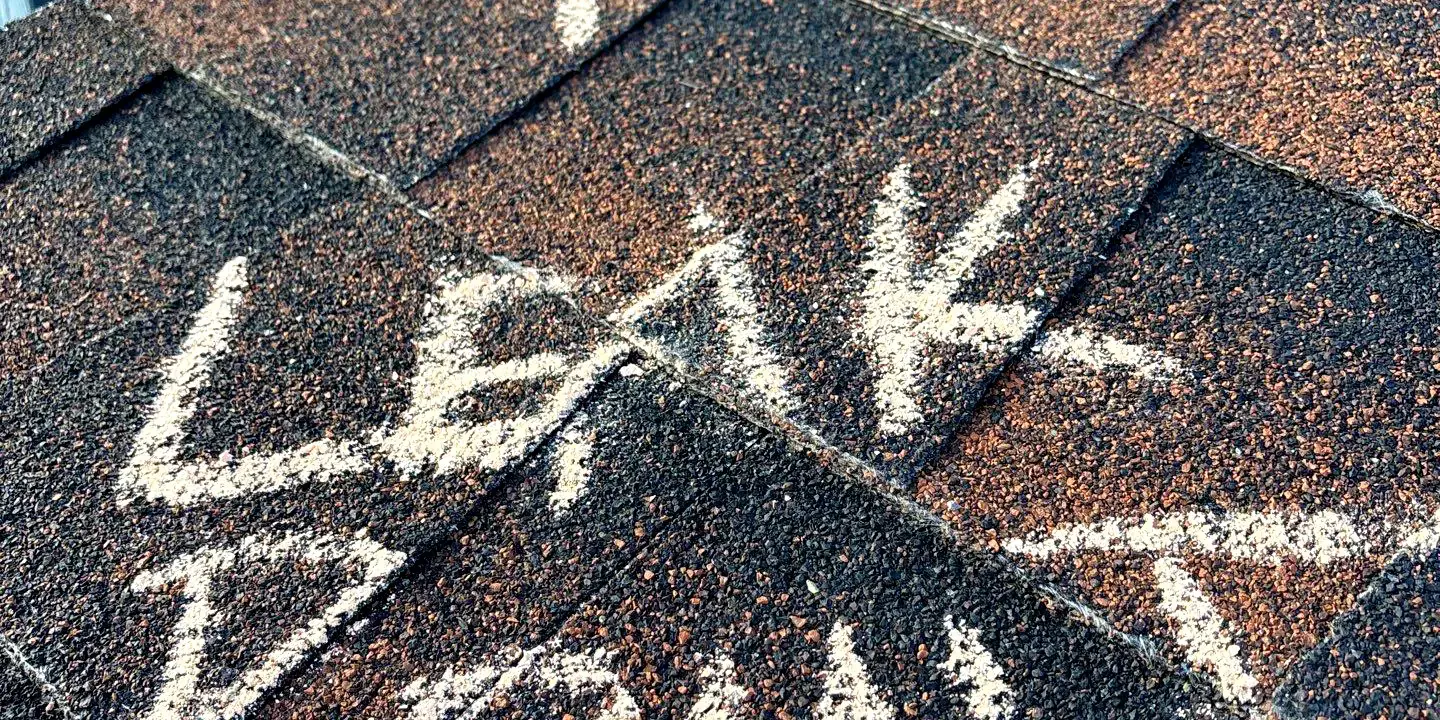Could Your Home Be Harming Your Health?
Indoor Air Hazards That Threaten Well-Being
We examine the hidden dangers lurking in homes—dust, volatile organic compounds (VOCs), and microbes—that silently erode indoor air quality. Toxic dust may harbor flame retardants, phthalates, and other harmful chemicals shown to impair respiratory and immune function. Regular cleaning with HEPA-filter vacuums and damp dusting are indispensable countermeasures.
Mold, Moisture, and Fungal Risks
We identify moisture entry points—leaks, condensation, and poor attic ventilation—that feed mold proliferation. Mold spores can trigger allergy symptoms such as congestion and itchy eyes, and in severe cases may produce mycotoxins linked to respiratory distress and immune dysfunction.
Radon: The Invisible Carcinogen
We emphasize radon gas’s status as the second-leading cause of lung cancer. Despite reliance on historical radon potential maps, radon may still accumulate to dangerous levels in any home. Affordable test kits (around $30) enable homeowners to detect elevated radon, and mitigation systems can vent it safely through roof-mounted piping.
Combustion Products and Chemical Pollutants
We explore how malfunctioning or improperly vented appliances—furnaces, water heaters, stoves—can emit carbon monoxide, a deadly, odorless gas. Symptoms like headache and confusion require immediate fresh air and emergency action. We also warn about chemical irritants in household cleaners, many containing VOCs, ammonia, or bleach, increasing respiratory and ocular irritation.
Indoor Humidity and Allergen Amplifiers
We advise maintaining humidity between 40–60 % to suppress mold and dust mite populations. Elevated humidity encourages allergen growth, while too-low levels cause respiratory irritation. Smart ventilation, bathroom/kitchen fans, dehumidifiers, and humidity monitoring help sustain healthy air balance.
Allergens and Toxic Dust Particles
We note that settled dust is far from inert—it transports allergens and toxic chemicals into living spaces. Dust mites, pesticides, and industrial pollutants may all reside in household dust. Aggressive cleaning practices—including HEPA filtration, frequent laundering, and removing shoes indoors—are effective strategies.
Structural Factors That Impact Indoor Health
We explain how structural issues like roof leaks, poor ventilation, or substandard insulation can result in moisture buildup, mold, and drafts. Addressing these at the source—through timely repair and proper construction—is critical to maintaining a healthy home environment. Proactive Measures to Safeguard Home Health
- Test for radon annually: Use certified kits and follow through with mitigation if needed.
- Audit humidity levels and manage them effectively using dehumidifiers or fans.
- Clean frequently: Employ HEPA filtration in vacuums and wash bedding, drapes, and upholstery regularly.
- Update chemical usage: Favor low- or no-VOC products; ensure proper ventilation when using cleaners.
- Inspect HVAC systems every 3–5 years to prevent mold- or debris-laden airflow.
- Repair structural leaks or condensation issues promptly.
Attic Ventilation—A Roofing Perspective
We understand that roof design significantly influences moisture control. Blocked soffit vents or inadequate ridge ventilation can trap moisture, leading to mold, rot, and premature aging of roofing materials. Balanced ventilation promotes air movement from soffits to ridge, protecting both structure and indoor air. The roofing experts at GCCS Roofing, LLC, serving Littleton, CO, offer inspections to ensure your roof supports overall home health.







